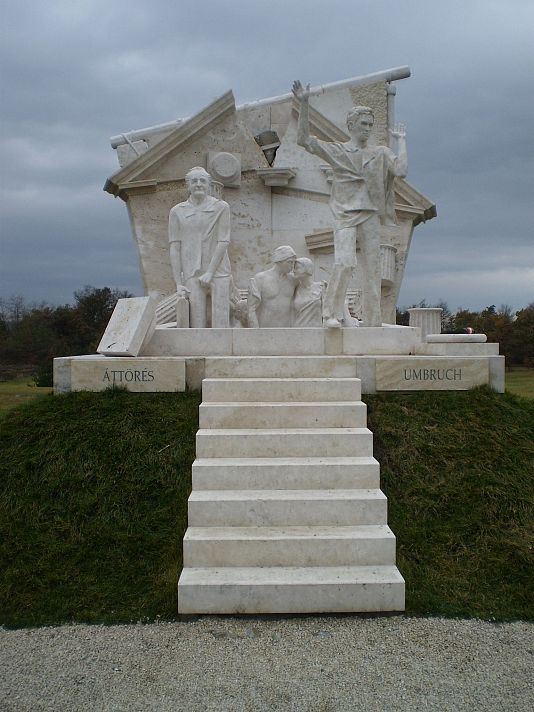The Pan-European picnic was supposed to see the opening of the border between Austria and Hungary for three hours to promote peace but triggered a domino effect leading to the fall of the Iron Curtain itself
Today (August 19) is the 30th anniversary of what became known as the Pan-European Picnic.
What was it?
It was a demonstration for peace held on the Austria-Hungary border in 1989 that saw more than 600 East Germans flee to the west.
What was the picnic for?
The event saw the Austrian and Hungarian authorities agree to open a border gate that separated Sankt Margarethen im Burgenland in Austria from Sopronkőhida in Hungary.
At the time, Austria was part of the West and Hungary was under the Iron Curtain but had previously been united under the Austro-Hungarian empire, which collapsed in 1918.
Read more: Generation wall - growing up after the fall of the Iron Curtain
The event was organised by the German Paneuropean Union group and the Hungarian opposition party the Hungarian Democratic Forum to be held the day before a Hungary holiday commemorating the first king of Hungary, King Stephen.
It was sponsored by Archduke Otto von Habsburg, the claimant to the non-existent Austro-Hungarian throne who had became a German MEP, and Hungarian communist politician Imre Pozsgay.
What happened?
This meant the opening of the border even for three hours was a significant opportunity for anyone trying to escape the oppressive communist governments to the east.
Earlier that year Hungary had already reduced surveillance of its borders as the economic and political situation across the Eastern Bloc began to fragment. Border police had been told not to fire on anyone trying to flee over the border.
More than 600 East Germans used this extraordinary as an opportunity to flee to the west.
What happened next?
Immediately after the exodus, the Hungarian government began to reimpose border controls as they feared hard-liners in Moscow would see people being able to leave as weakness and try to depose the USSR’s premier Mikhail Gorbachev.
But over the coming weeks, the number of people trying to flee through Hungary to Austria increased and over the weeknight of 21-22 August a 36-year-old East German man, Kurt-Werner Schulz, was killed trying to get across.
Realising they could not hold back the tide and would inevitably be responsible for more deaths, the Hungarian prime minister Miklos Németh flew to West Germany to see Foreign Secretary Helmut Kohl the next day.
He told them from September they would open the border and all East Germans would be allowed to leave Germany.
How did it lead to the fall of the Soviet bloc?
On September 11, the border was finally opened and an estimated 30,000 East Germans fled to the west.
In response, the East German regime tried to stop its citizens from getting to Hungary but thousands then tried to flee via Czechoslovakia instead.
Read more: Meet the women reunited 58 years after Berlin Wall was built
The closure of the borders led to a massive popular uprising which eventually culminated in the destruction of the Berlin wall on November 9, 1989, and the reunification of West and East Germany the next year.
This set off a chain reaction which eventually led to popular elections in the Iron Curtain countries and the fall of communist governments across the bloc and the disintegration of countries like Czechoslovakia, Yugoslavia and the USSR itself.












